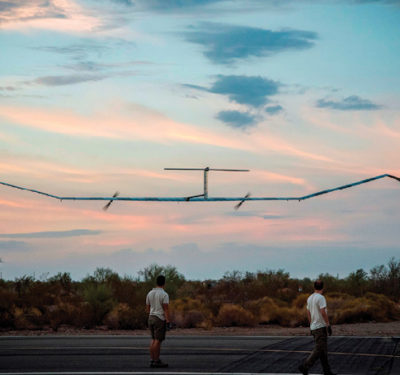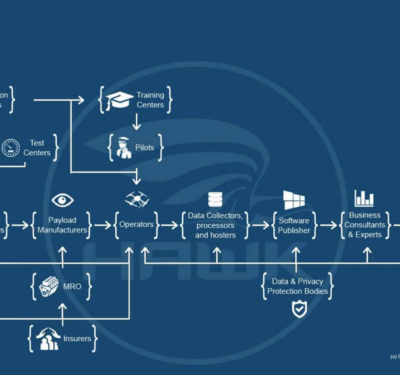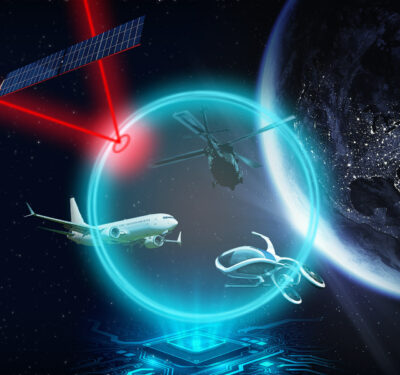LAWRENCE — Today, NASA will deliver a Viking 400 unmanned aerial vehicle to the University of Kansas. Experts with KU’s School of Engineering and Center for the Remote Sensing of Ice Sheets will use the UAV to develop new technology for analyzing glaciers in Greenland tied to global sea-level rise. “KU is a world leader in the development of airborne radar systems for characterizing Earth system properties,” said Matthew Fladeland, airborne science manager at NASA Ames Research Center . “KU students and faculty will have hands-on experience with a production air vehicle to complement curriculum and to facilitate the integration of radar instrument onto the aircraft.” Emily Arnold, assistant professor of aerospace engineering at KU, will lead the research. “I was looking for a medium-scale platform we could use for CReSIS research of polar ice sheets,” Arnold said. “We’re going to perform trade studies and develop a lab prototype to demonstrate how we might incorporate CReSIS radars and antennas systems into the airframe. We’re hoping not only to develop research ideas but also integrate the UAV into the classroom — it’s great for students to have a NASA vehicle here to see and touch and integrate into research and […]







